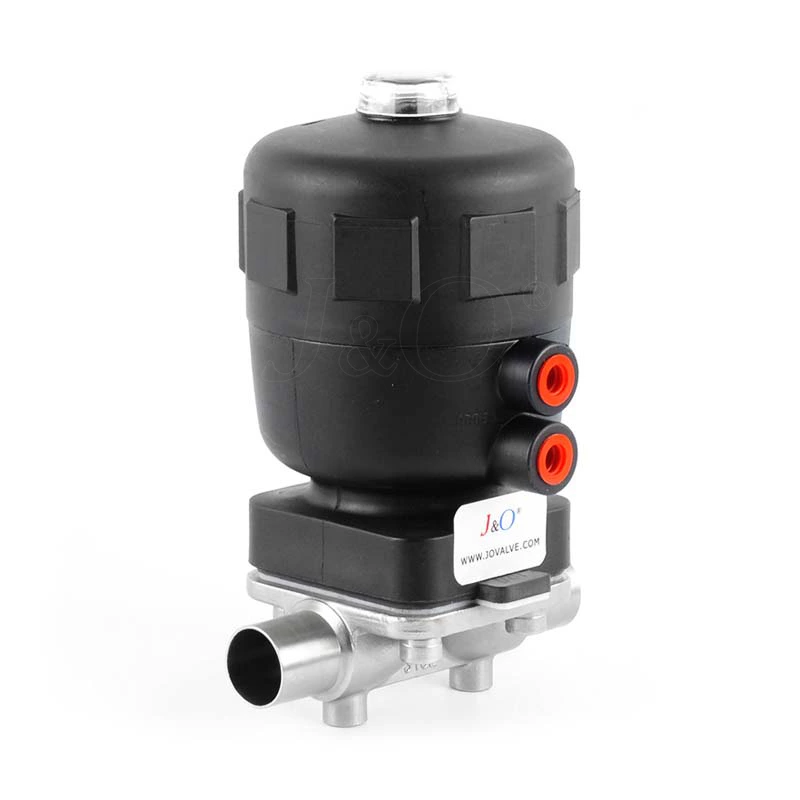What Are The Application Characteristics Of Reciprocating Pneumatic Sanitary Diaphragm Valves?
Sanitary Diaphragm Valve is an aseptic diaphragm valve that can be remotely operated by a pneumatic head or manually operated by a handle. It is very suitable for the control and opening/closing tasks of pipeline fluids. So do you know what are the application characteristics of reciprocating pneumatic sanitary diaphragm valves?
The application characteristics of reciprocating pneumatic tri clamp diaphragm valve are as follows:
The list of parts of reciprocating 3 way sanitary diaphragm valve includes valve body, valve body lining, diaphragm, valve disc, lower valve stem, valve cover, cylinder, piston, cylinder head, upper valve stem, handwheel.
hygienic diaphragm valve are used to control non-corrosive or generally corrosive media. The inner surface of the valve body is unlined or covered with various rubbers available for selection, suitable for different working temperatures and fluid pipelines. Applicable temperature: less than or equal to 85 degrees Celsius, less than or equal to 100 degrees Celsius, less than or equal to 120 degrees Celsius, less than or equal to 150 degrees Celsius.
